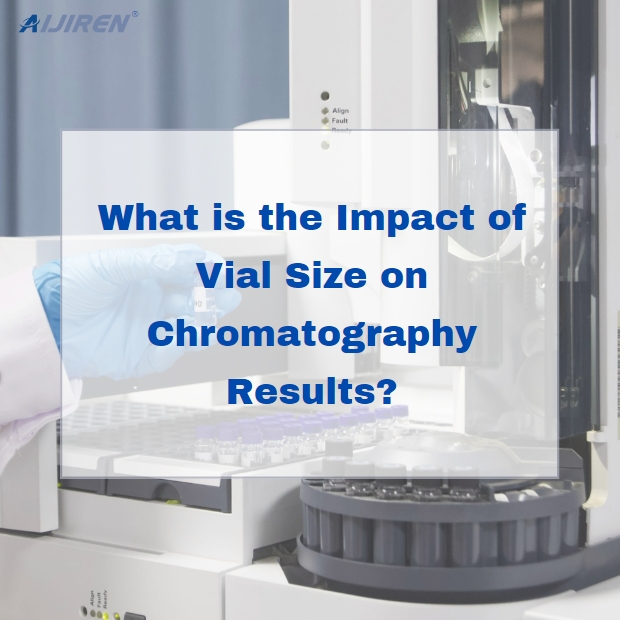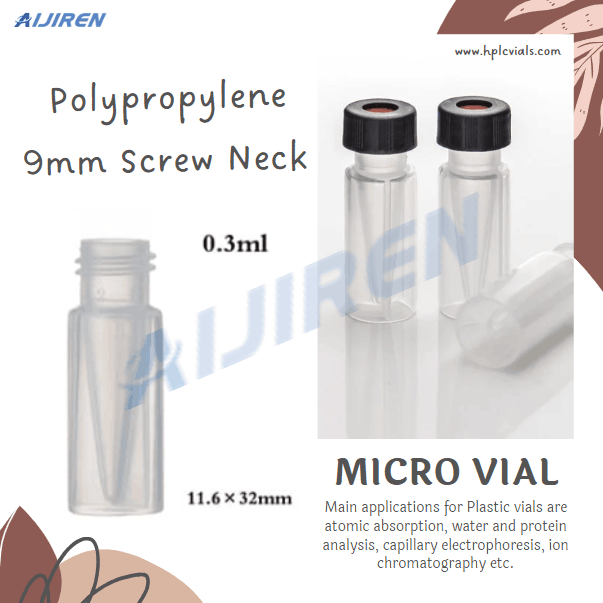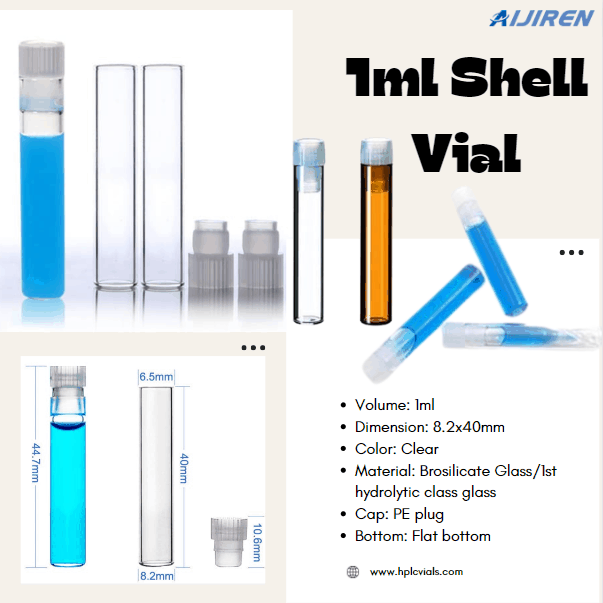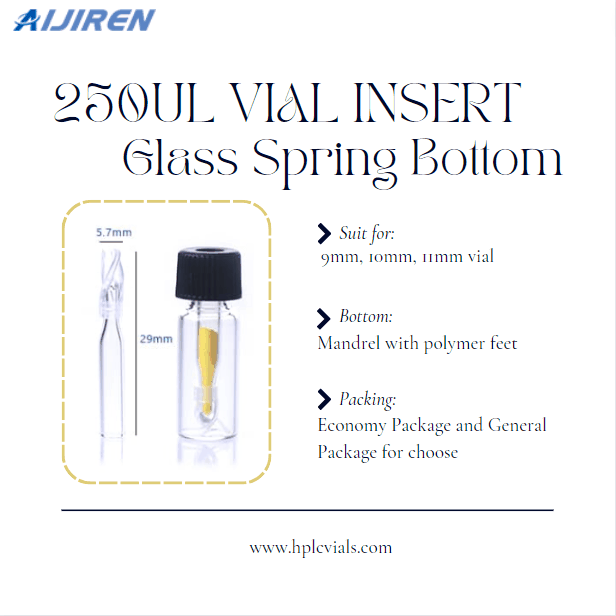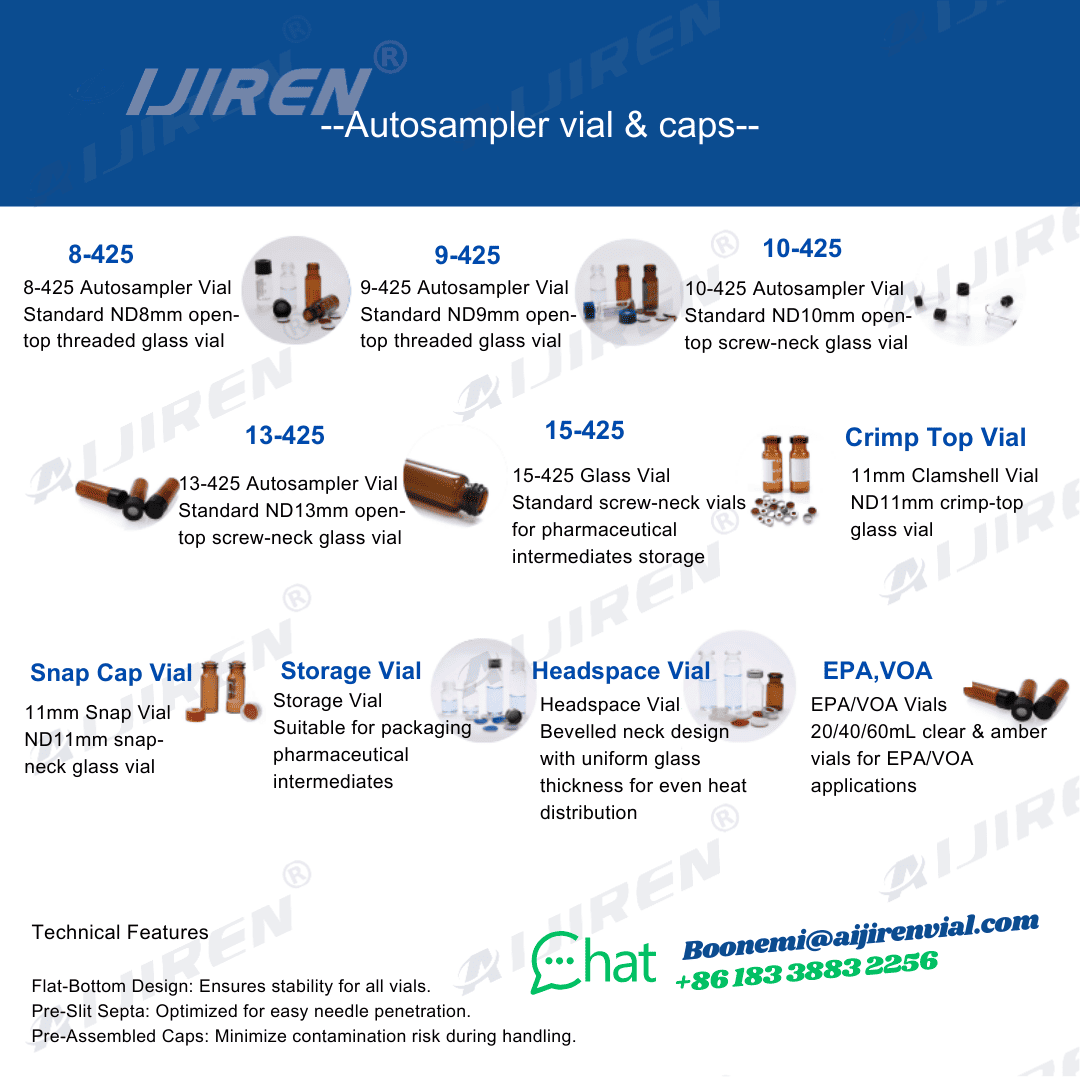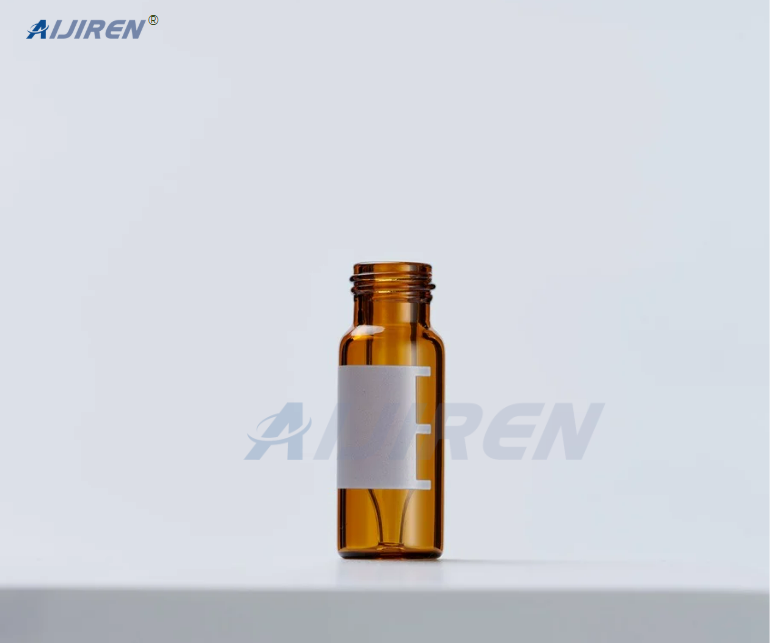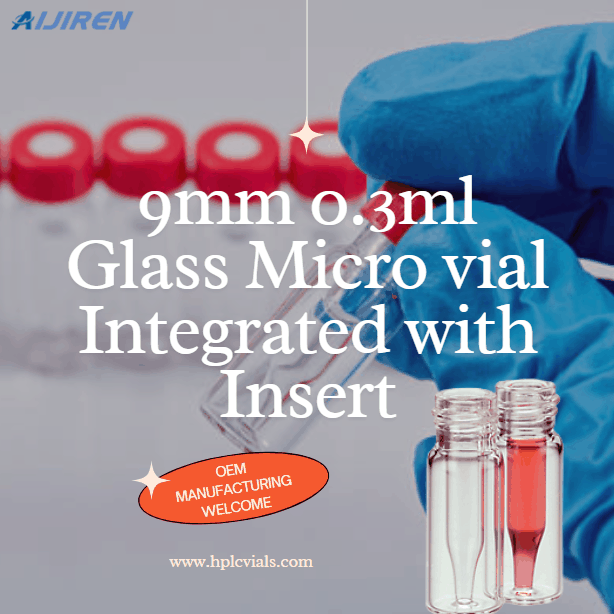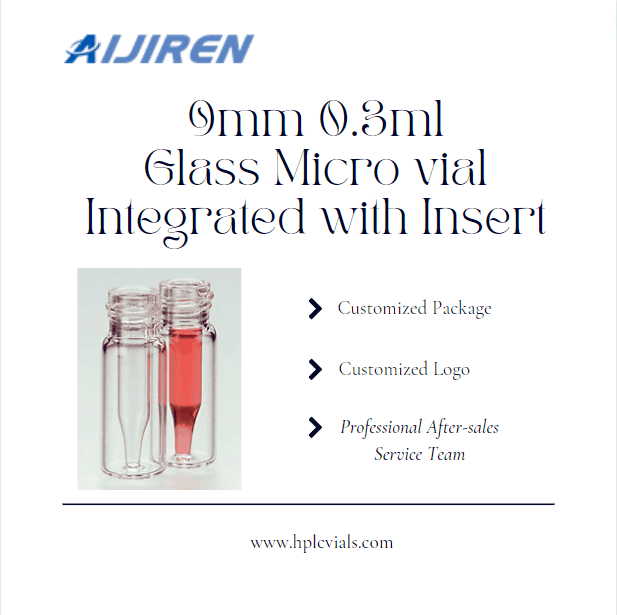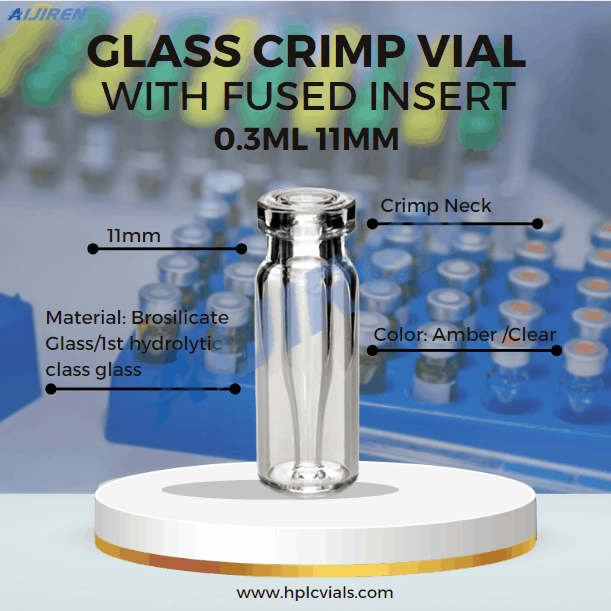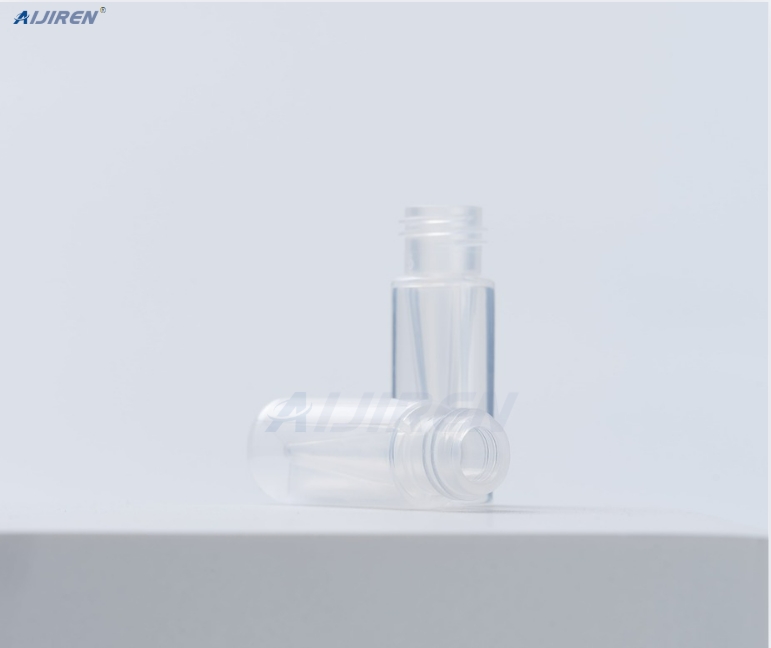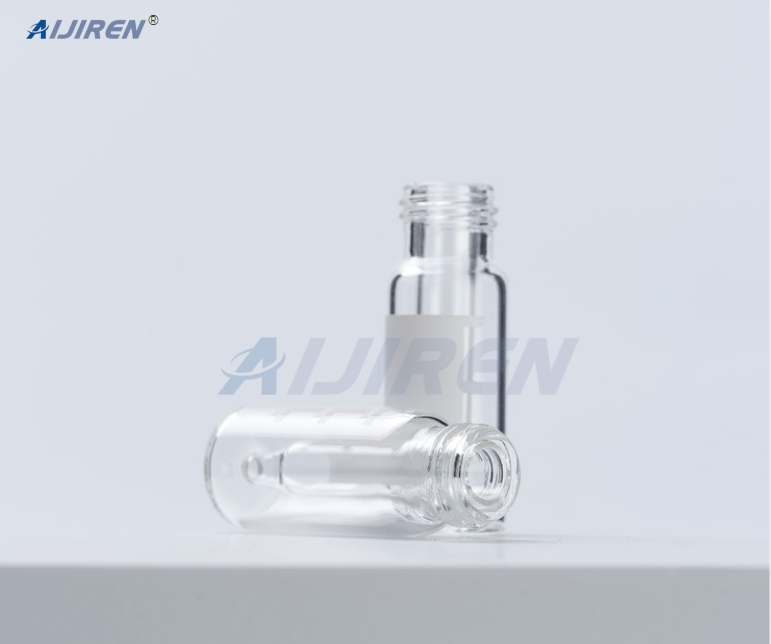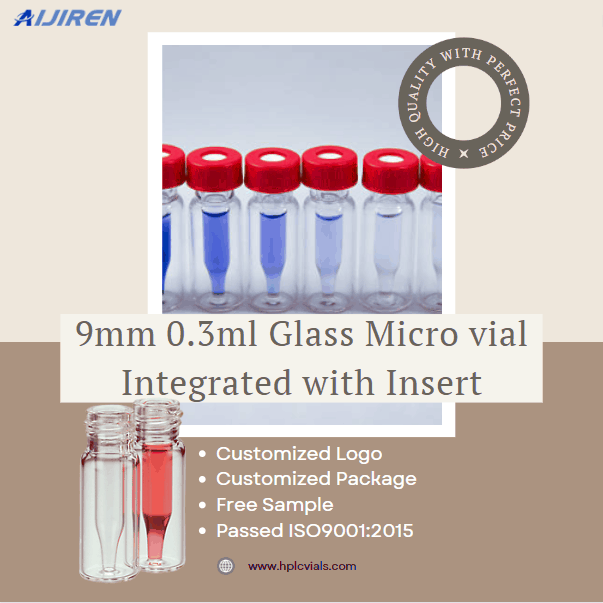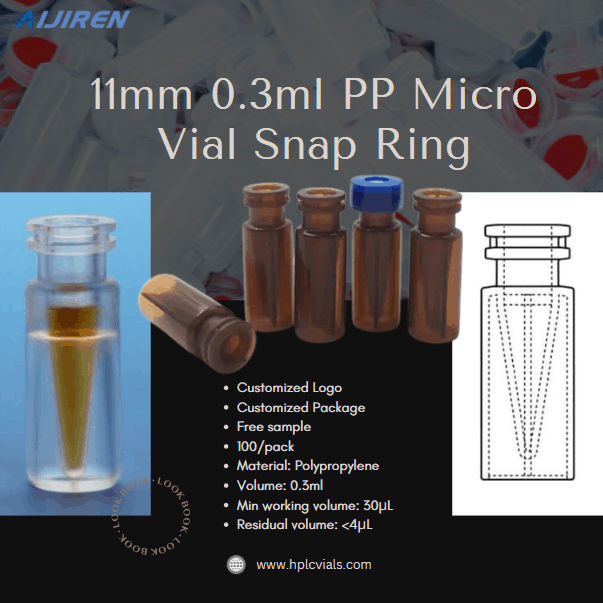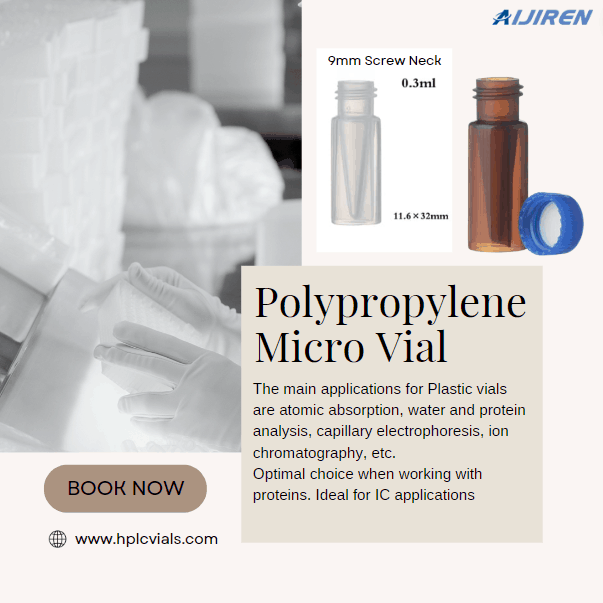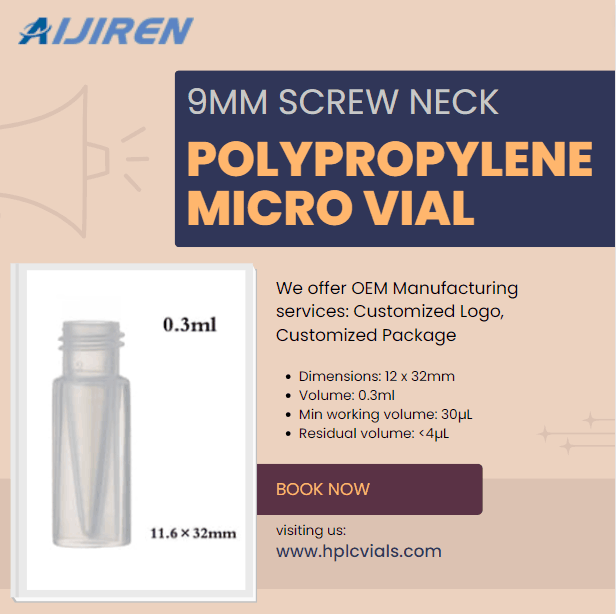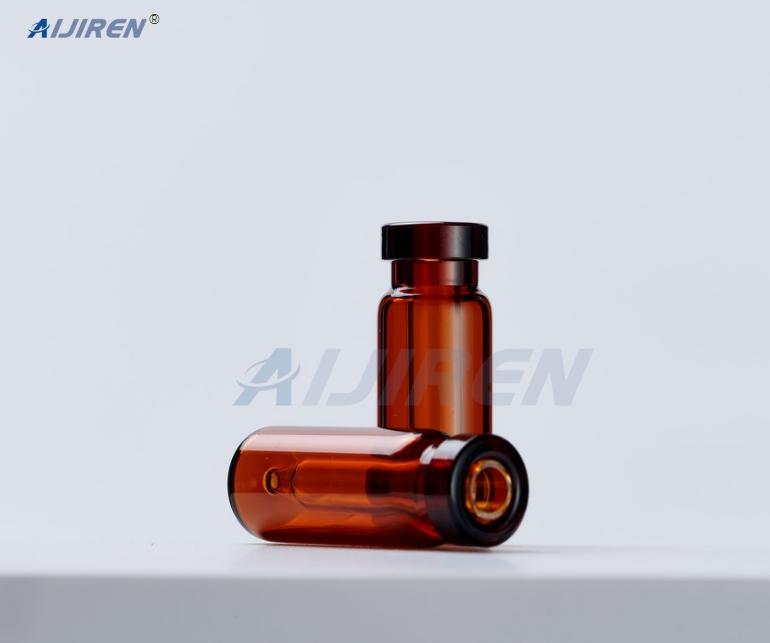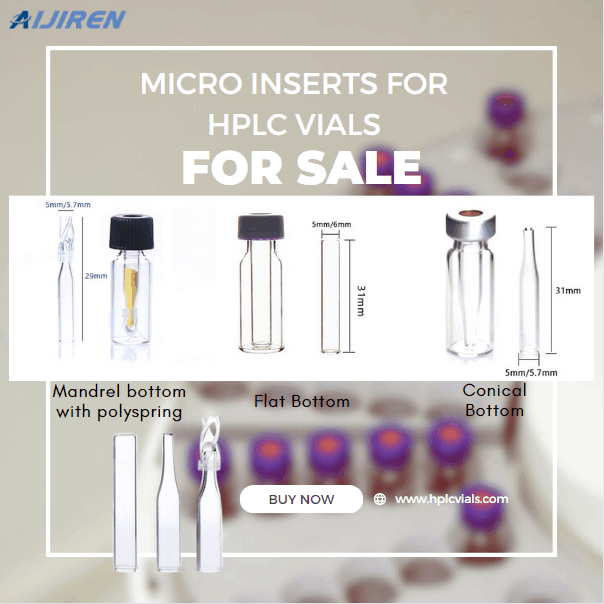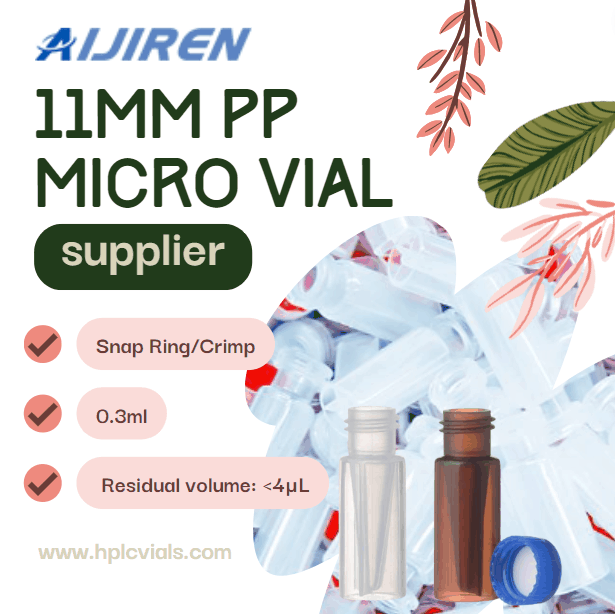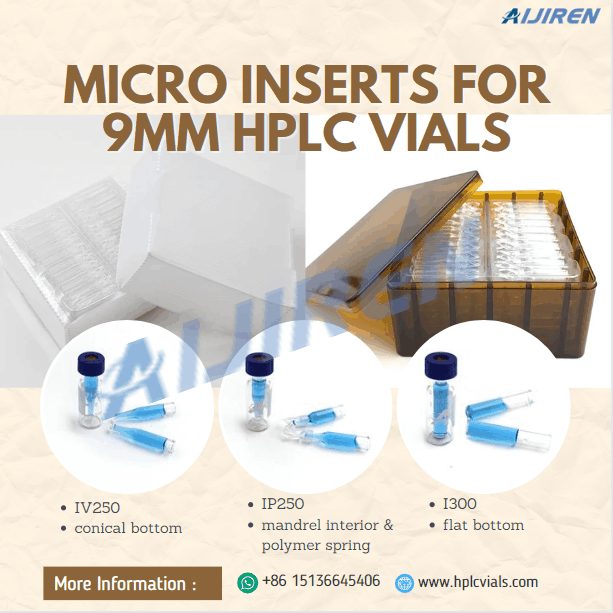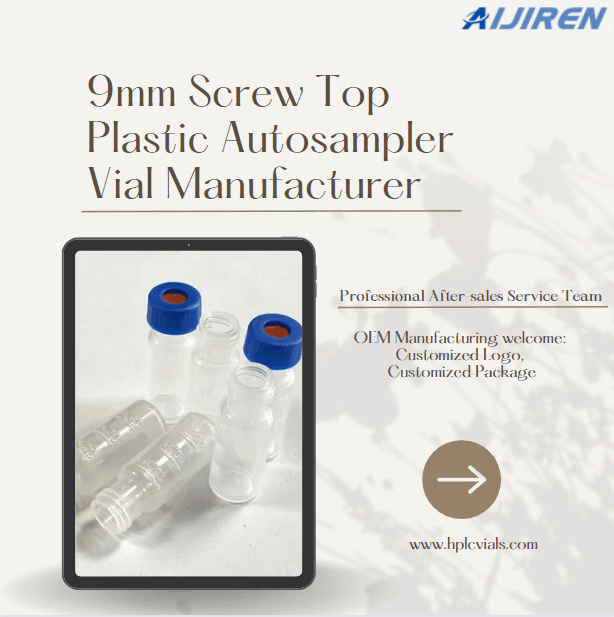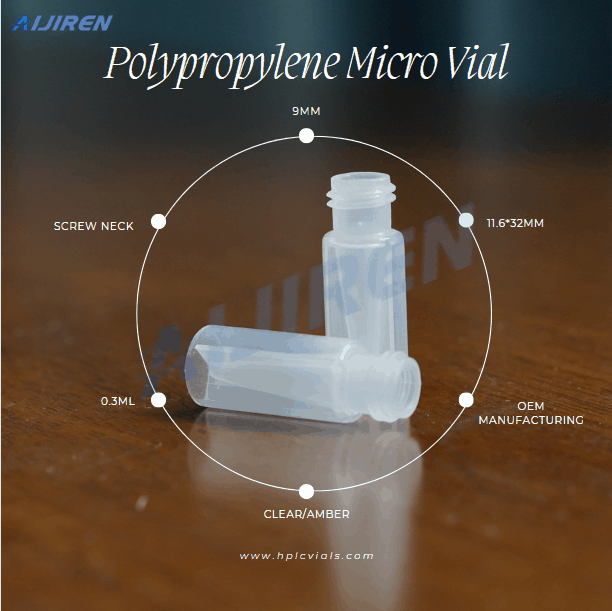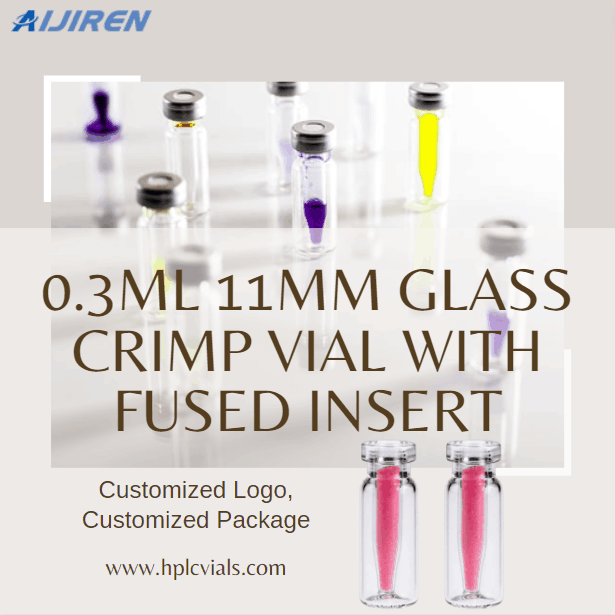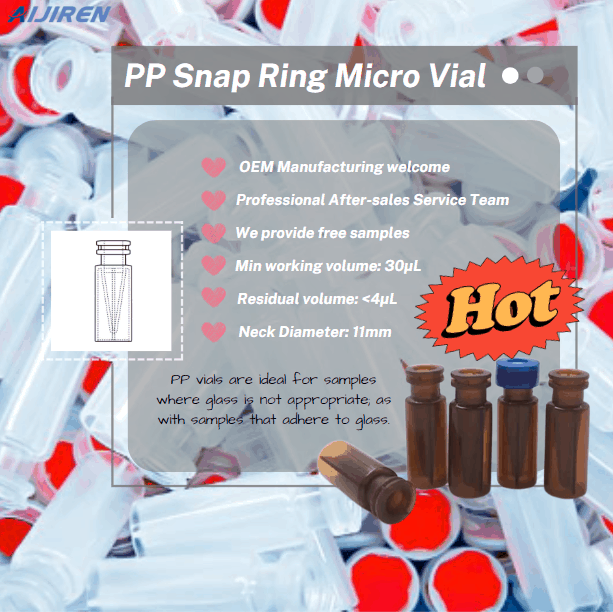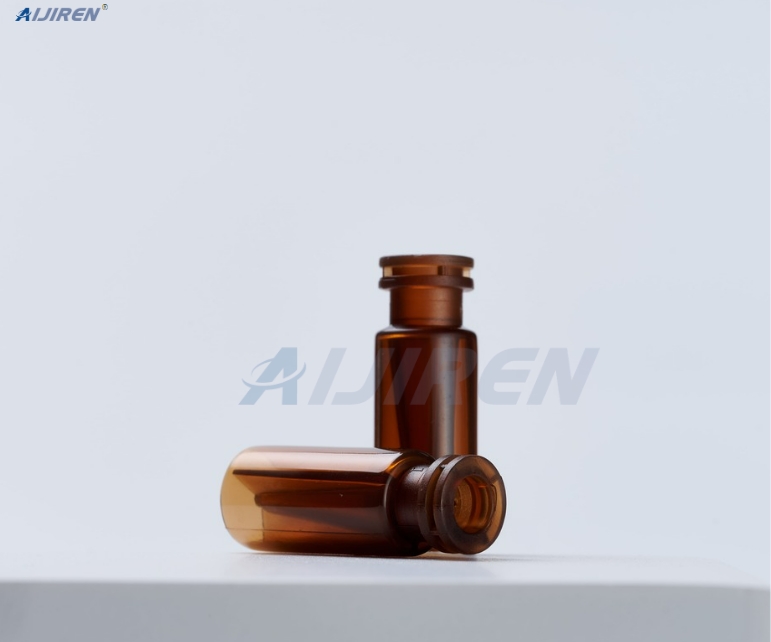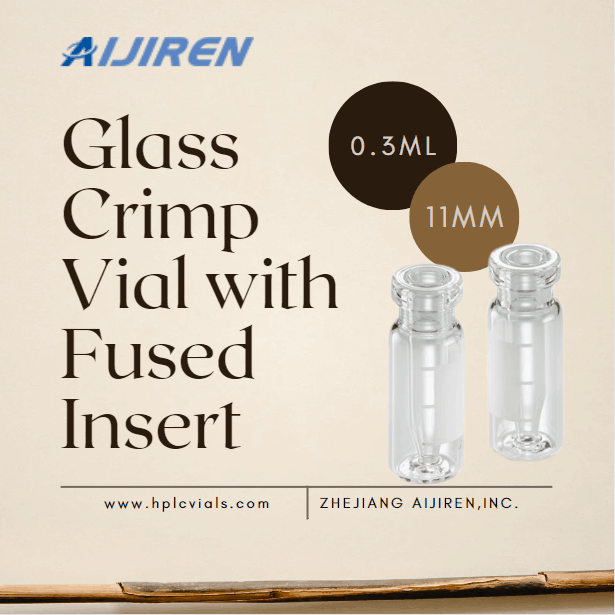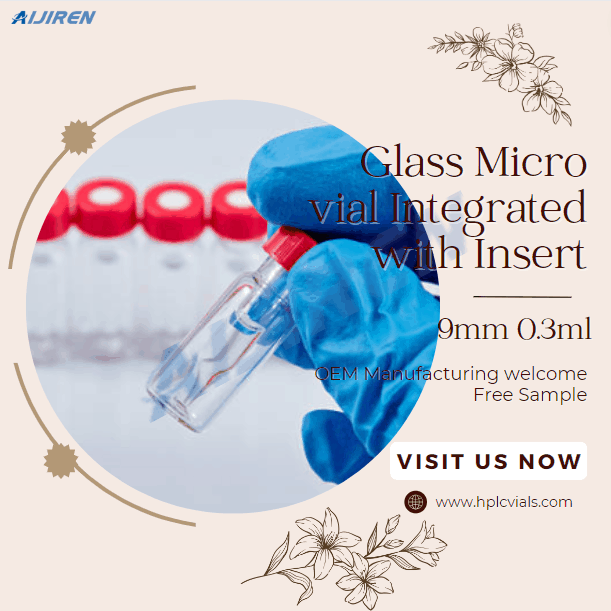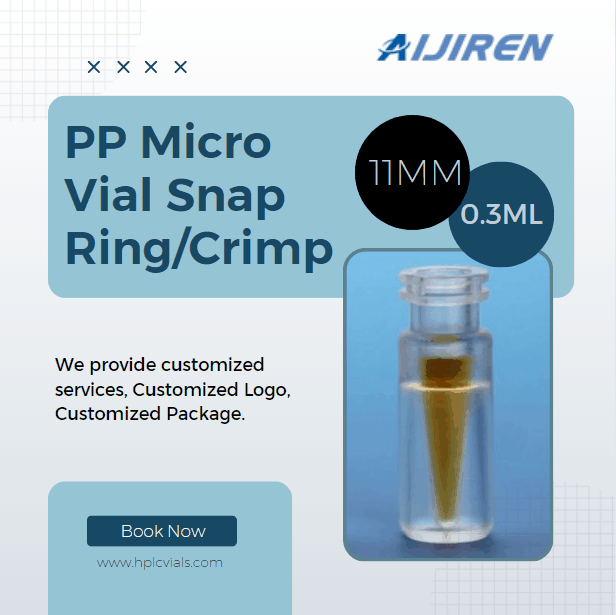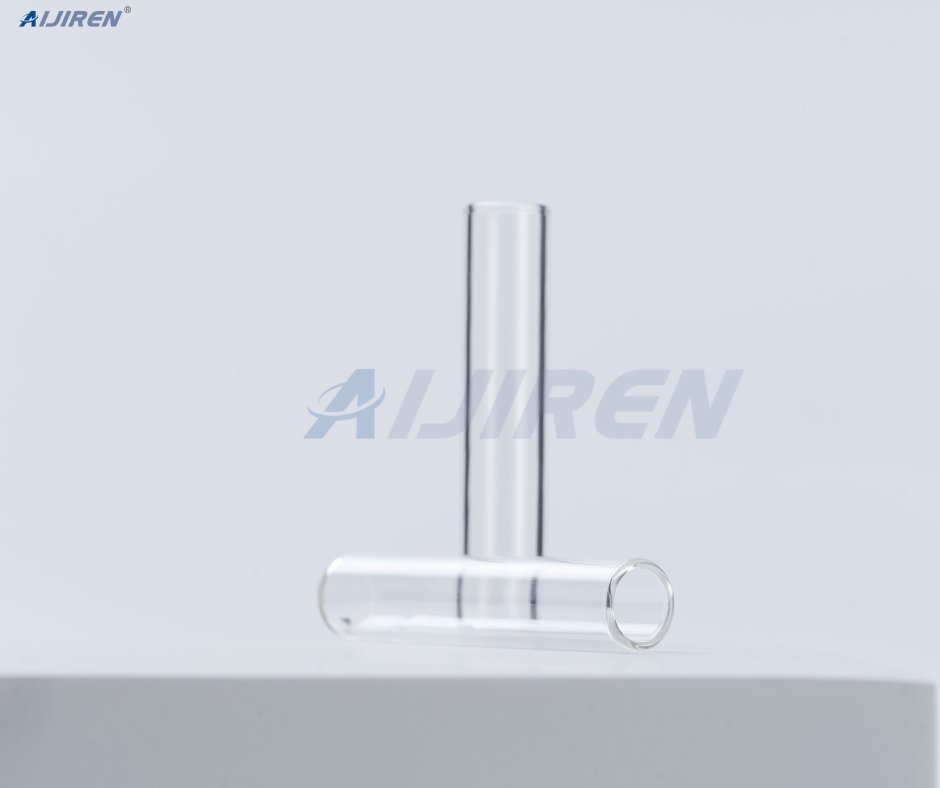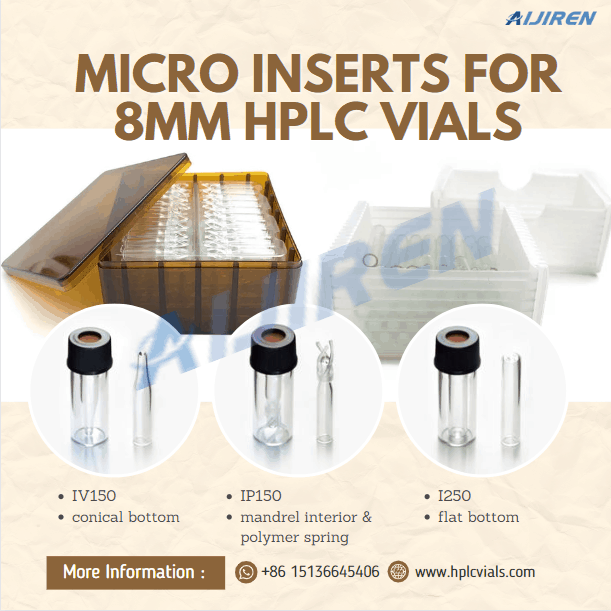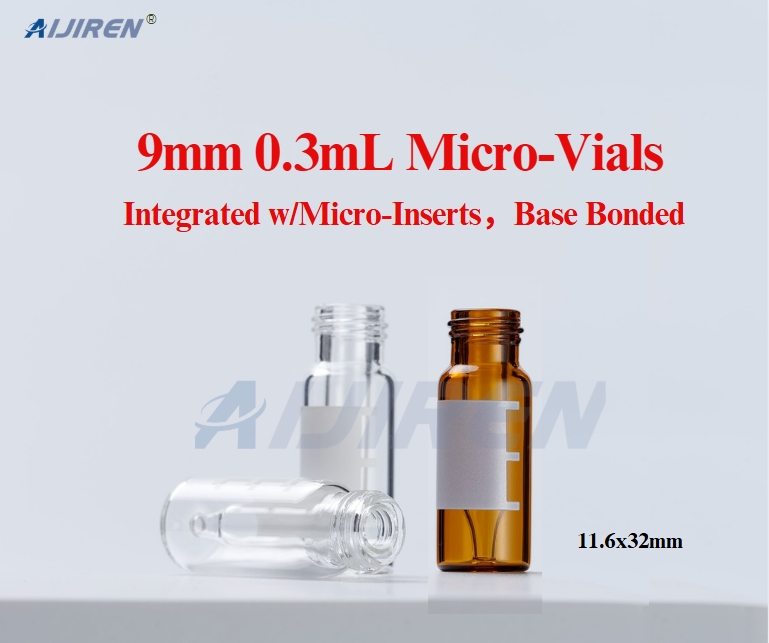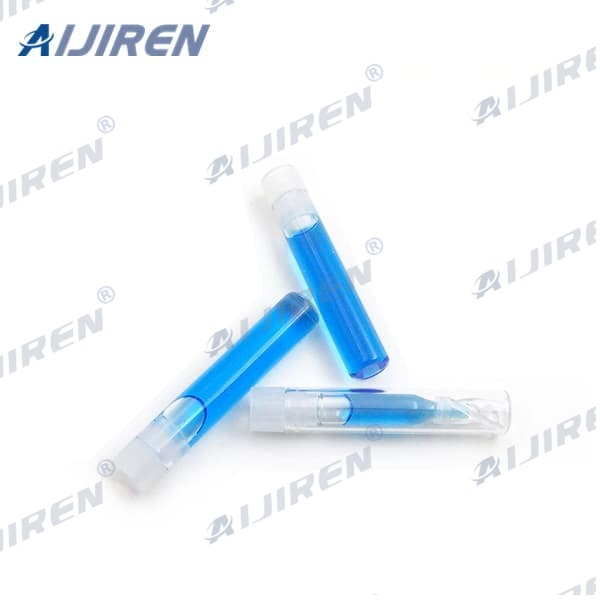Impact of Vial Size on Chromatography Results
In chromatography, the choice of vial size plays a crucial role in determining the accuracy and reliability of analytical results. This impact can be attributed to several factors, including sample volume, headspace, contamination risks, and compatibility with analytical techniques.
Sample Volume Considerations
The size of the chromatography vial must align with the sample volume to ensure optimal performance.
Micro Vials: Typically designed for small sample volumes (e.g., 250 µL), these vials minimize waste and are suitable for applications requiring high sensitivity, such as High-Performance Liquid Chromatography (HPLC) and Gas Chromatography (GC).
Standard Vials: Commonly used sizes include 1.5 mL and 2 mL. These are appropriate for larger sample volumes but must be chosen carefully to avoid excessive headspace or insufficient sample quantity, both of which can adversely affect results.
Headspace Effects
Excessive headspace in a vial can lead to issues such as evaporation of volatile components and inconsistent injection volumes. Ensuring that the vial size is appropriate for the sample volume helps maintain a consistent environment within the vial, which is essential for reproducible results.
Contamination Risks
The material and size of the vial also influence contamination risks. For instance:
Glass vs. Plastic: Glass vials are generally preferred due to their inertness, which reduces contamination risks from leaching. However, plastic vials may be more suitable in specific applications where breakage is a concern.
Vial Cleanliness: Using pre-cleaned vials can significantly reduce contamination risks. Non-cleaned vials require thorough cleaning before use, which can introduce variability if not done properly.
Compatibility with Analytical Techniques
Different chromatography techniques may require specific vial sizes and types:
HPLC and GC: The closure style and sealing integrity are critical for maintaining sample integrity during analysis. For example, crimp caps are often used in GC vials to securely seal volatile compounds, while screw caps may be more suitable for HPLC applications.
Specialized Applications: In biopharmaceutical analysis, specific vials designed to minimize adsorption (such as low adsorption glass) are essential for preserving sensitive biomolecules like proteins and oligonucleotides.
Conclusion
Choosing the appropriate vial size is integral to achieving accurate and reliable chromatography results. Factors such as sample volume, headspace management, contamination risks, and compatibility with analytical methods must be carefully considered to enhance the quality of chromatographic analyses. Proper vial selection not only ensures sample integrity but also contributes to the overall efficiency and effectiveness of laboratory workflows

